Birds fill our world with beautiful melodies and distinctive calls, creating a natural symphony that surrounds us daily. While many bird enthusiasts begin their journey by identifying birds visually, recognizing birds by their sounds opens up an entirely new dimension of bird watching. Being able to identify birds by their songs and calls allows you to detect species hidden in dense foliage, recognize birds flying overhead in the dark, and generally doubles your bird identification capabilities. With practice and patience, anyone can develop this rewarding skill that transforms an ordinary walk in nature into an immersive auditory experience. This article will guide you through the process of training your ear to recognize and identify birds through their distinctive vocalizations.
Understanding Bird Vocalization Basics
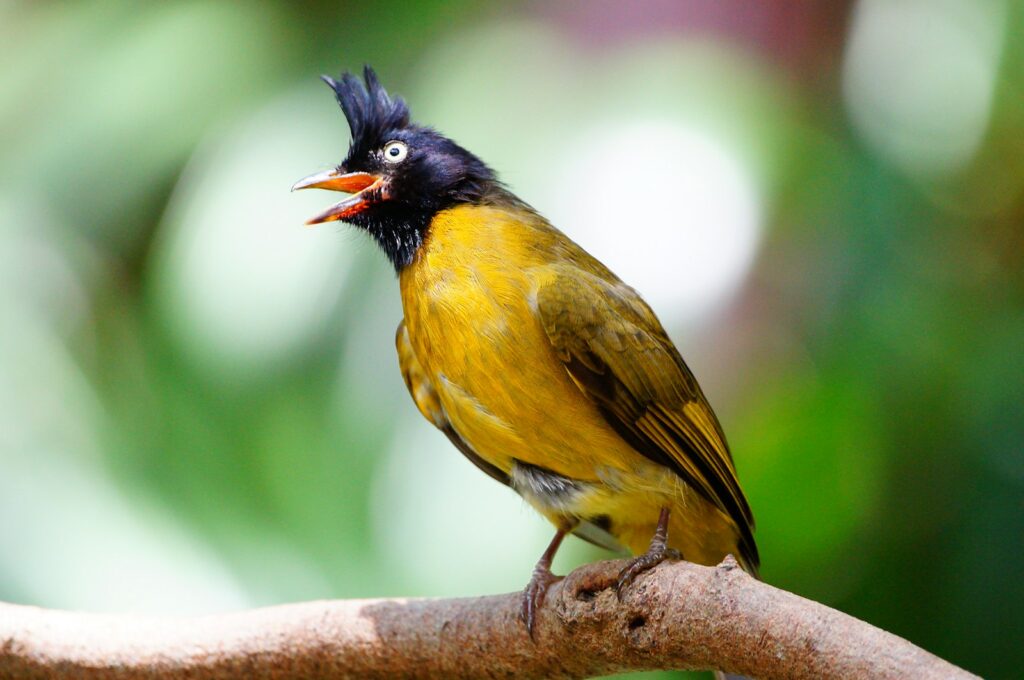
Before diving into identification techniques, it’s helpful to understand the different types of bird vocalizations you’ll encounter. Birds produce two main types of sounds: songs, which are typically longer, more complex melodic patterns used primarily for attracting mates and establishing territory; and calls, which are shorter, simpler sounds used for alerts, contact maintenance, and other daily communications. Male birds are usually the primary singers, especially during breeding season, while both sexes typically use calls year-round. Additionally, many species have distinct flight calls, alarm calls, and feeding calls that serve specific purposes in their daily activities. Understanding these fundamental differences will help you create mental categories as you begin learning to identify what you hear.
Start With Your Backyard Birds
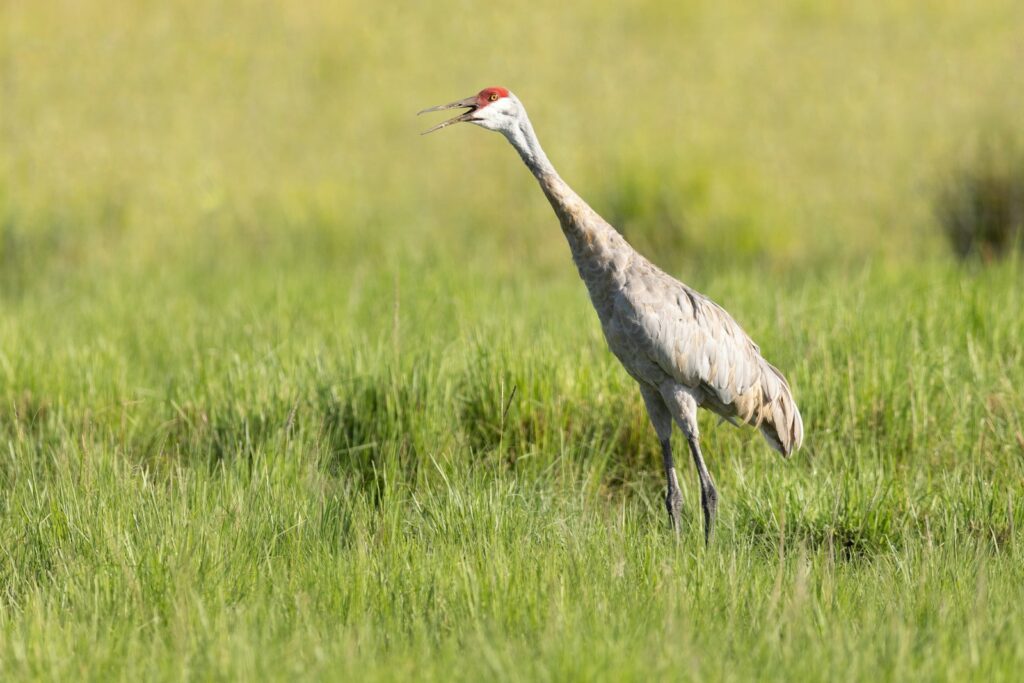
The journey to bird sound identification begins right outside your door with the familiar birds that frequent your backyard or neighborhood. These residents provide the perfect starting point because you’ll hear them regularly and can often confirm visual sightings with the sounds you’re hearing. Focus on learning just five common species initially, such as American Robins, Northern Cardinals, Blue Jays, chickadees, or whatever species are abundant in your area. Spend time watching these birds while consciously listening to their vocalizations, creating strong mental associations between the bird and its sound. This foundation of familiar species will give you confidence and provide reference points as you expand your knowledge to identify less common birds.
Learn to Describe What You Hear

Developing the vocabulary to describe bird sounds significantly enhances your ability to remember and identify them. Ornithologists and experienced birders use specific terminology to characterize vocalizations – terms like “buzzy,” “trilled,” “whistled,” “warbled,” or “rattling” help categorize the sound quality. Note the pitch (high or low), tempo (fast or slow), rhythm pattern, and whether the sound ascends, descends, or remains level in pitch. Pay attention to how many distinct notes make up the song and whether they repeat in a pattern. Creating your own phonetic interpretations or mnemonic devices can also help cement these sounds in your memory, such as the “cheeseburger” call of the Carolina Chickadee or the “drink-your-tea” song of the Eastern Towhee.
Utilize Modern Technology and Apps

Technology has revolutionized bird sound identification with numerous apps and resources available to assist beginners. Apps like Merlin Bird ID, Audubon Bird Guide, and BirdNET allow you to record bird sounds and receive instant identification suggestions, making the learning process more accessible than ever. Many of these applications also include extensive sound libraries where you can study and compare different species’ vocalizations. Cornell Lab of Ornithology’s All About Birds website provides high-quality recordings along with helpful notes about variations in songs and calls. While these technological tools are invaluable learning aids, they work best when used as supplements to your own developing listening skills rather than replacements for them.
Master the Art of Active Listening

Active listening involves consciously focusing your attention on bird sounds while filtering out background noise. When practicing, close your eyes to eliminate visual distractions and concentrate fully on the auditory landscape around you. Try to isolate individual bird voices from the chorus, focusing on one song at a time before moving to another. Note the direction the sound is coming from, its volume, and how it interacts with or responds to other bird vocalizations. With practice, you’ll develop the ability to mentally “zoom in” on specific sounds within a cacophony of natural noises. This skill becomes particularly valuable during the dawn chorus in spring when multiple species sing simultaneously.
Create Mental Hooks Through Association

Our brains remember information better when it’s connected to something meaningful or familiar. Creating associations or “hooks” for bird sounds significantly improves recall when you hear them again. These associations can take many forms, from comparing a bird’s song to a familiar human sound (like the Eastern Wood-Pewee’s “pee-a-wee” that sounds like its name) to visualizing a scene or emotion that the sound evokes. Some birders associate the Carolina Wren’s loud, bouncy song with the phrase “teakettle-teakettle-teakettle” or describe the American Robin’s caroling as cheerful and optimistic. The more personal and vivid your association, the more effectively it will stick in your memory when you need to recall it in the field.
Join Guided Bird Walks and Field Trips
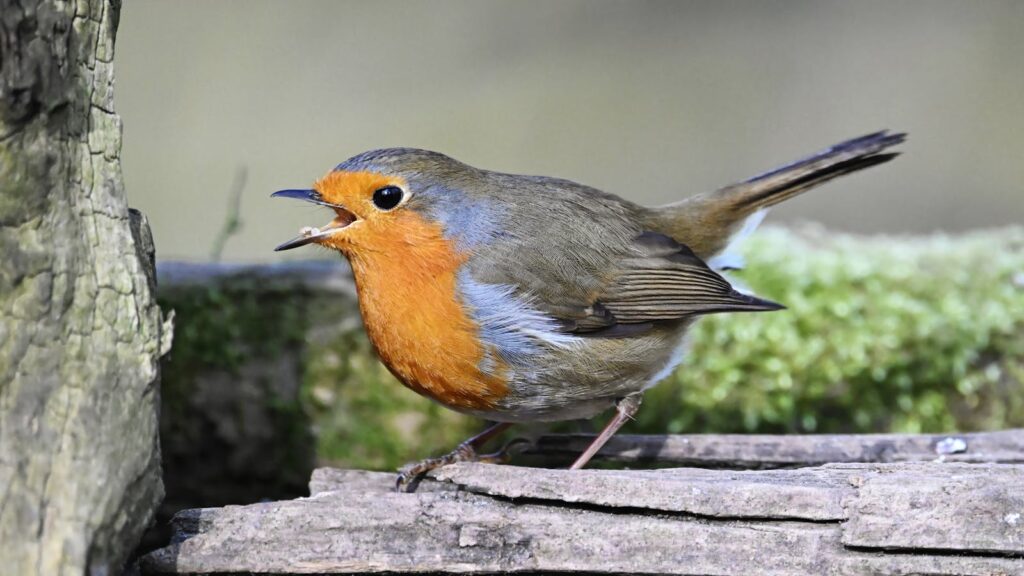
One of the most effective ways to accelerate your learning is by joining guided bird walks led by experienced birders who can point out sounds in real-time. Local Audubon chapters, nature centers, and birding clubs regularly host field trips specifically designed for all experience levels. These outings provide immediate feedback as you hear a sound and get instant identification from a knowledgeable guide. The social aspect of group learning also reinforces memory, as discussions about what you’re hearing help cement the sounds in your mind. Additionally, experienced birders often share their mnemonics and identification tricks that you won’t find in field guides or apps.
Study Regional and Seasonal Variations
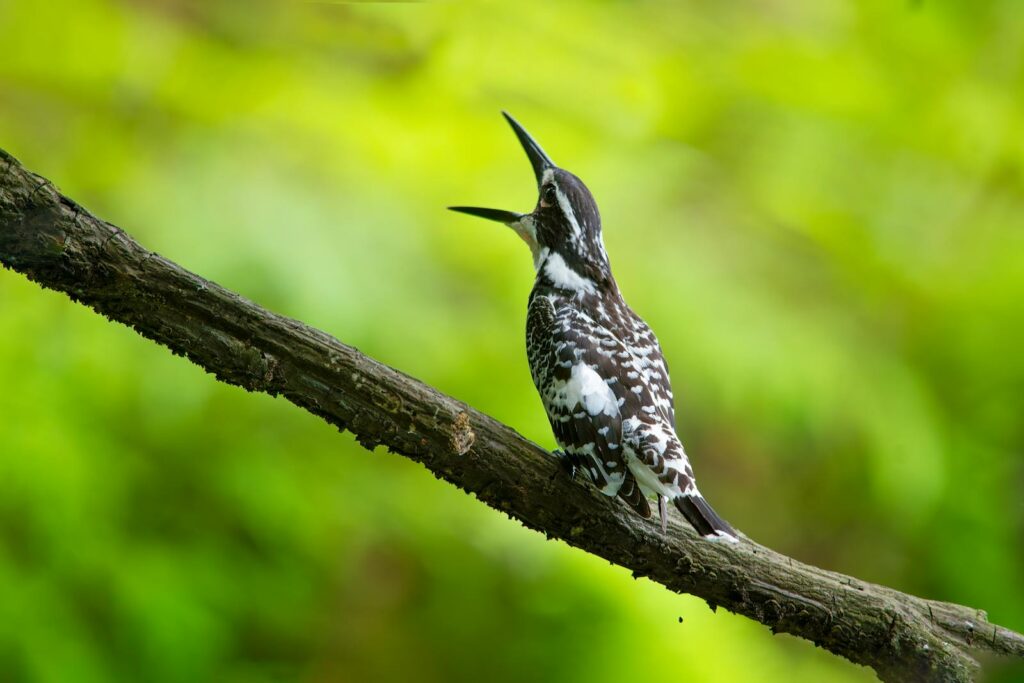
Bird vocalizations aren’t static; they can vary significantly based on geographic region, season, and even time of day. Many species have distinct regional dialects, with populations in different parts of their range singing slightly different versions of their songs. Seasonal variations occur as birds adjust their vocalization patterns during migration, breeding season, and winter months. Some species sing elaborate songs during the breeding season but switch to simpler calls for the remainder of the year. Understanding these patterns helps narrow down possibilities when you hear an unfamiliar sound. For instance, hearing a warbler’s song in winter in northern regions would be unusual, while thrush songs are typically heard at dusk rather than midday.
Practice Sound Triangulation
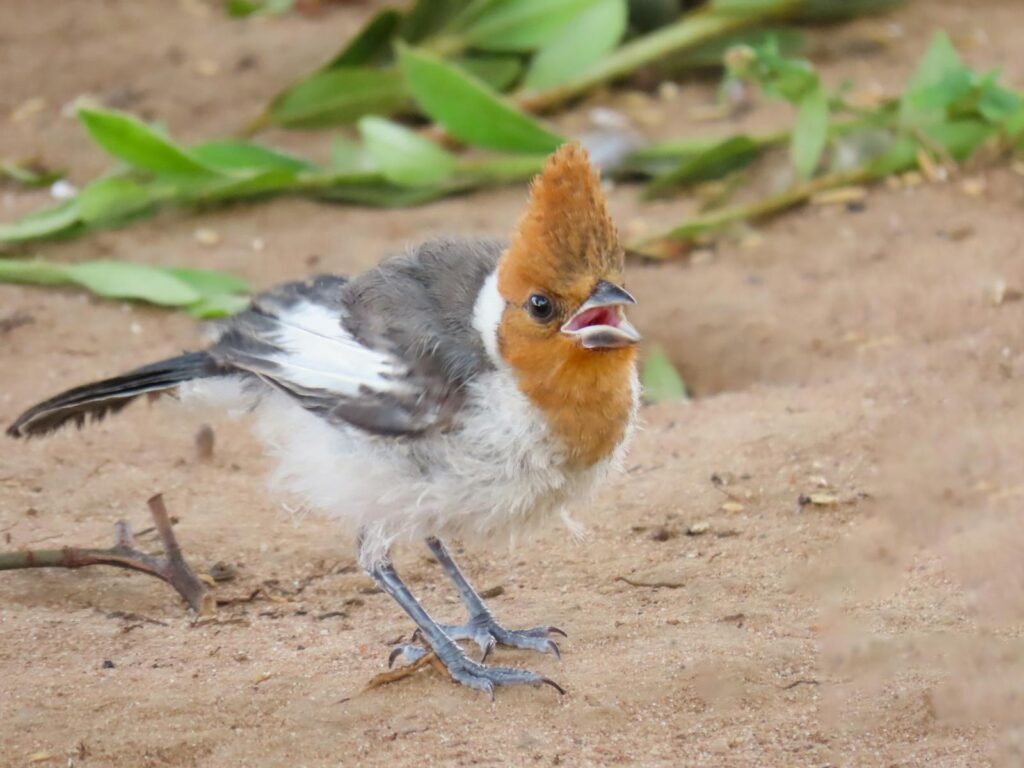
Developing the ability to locate a singing bird is an essential skill that enhances your sound identification abilities. This technique, known as triangulation, involves using both ears to determine the direction and approximate distance of a sound. When you hear a bird vocalization, turn your head slowly until the sound seems equally balanced between both ears – this indicates the direction of the sound source. Practice estimating how far away the bird might be based on the volume and clarity of the sound. Moving a short distance and repeating this process from a different position can help pinpoint the bird’s location more precisely. This skill not only helps you locate and possibly see the bird for confirmation but also trains your brain to better process spatial aspects of bird sounds.
Develop a Systematic Learning Approach

Approaching bird sound identification systematically rather than randomly greatly improves learning efficiency. Start by organizing birds into groups with similar sounds or taxonomic families, such as woodpeckers, sparrows, or warblers. Within each group, learn to distinguish the different species by focusing on the subtle differences in their vocalizations. Create a study schedule that incorporates regular listening sessions with recordings, followed by field practice to reinforce what you’ve learned. Keep a journal of the sounds you hear and your observations about them, which helps cement the information in your memory. Reviewing these notes periodically reinforces your learning and allows you to track your progress over time.
Train Your Ear With Sound Quizzes
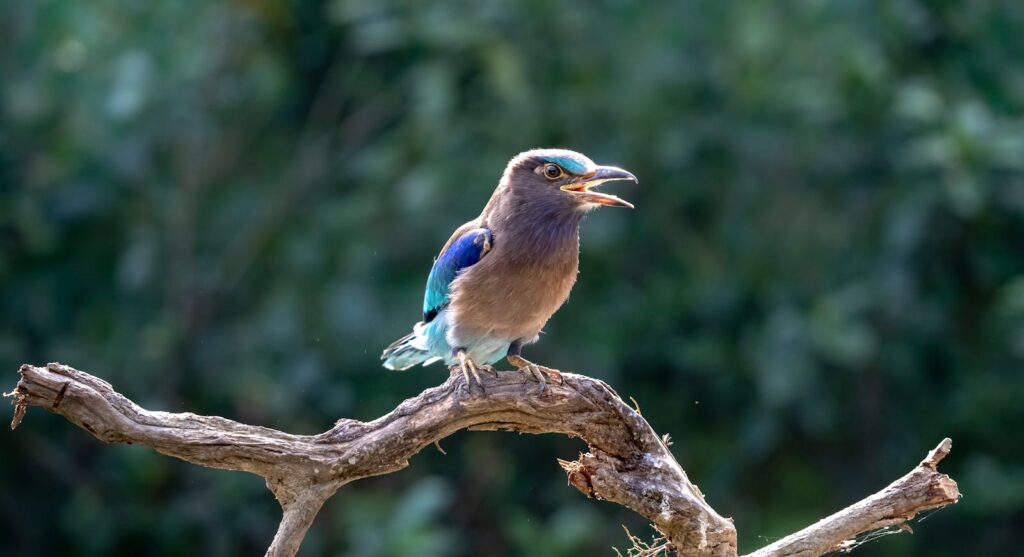
Regular testing of your identification skills accelerates learning and reveals areas needing more practice. Create personal quizzes using recordings from bird sound libraries, or use pre-made quizzes available on websites like Xeno-Canto or the Cornell Lab of Ornithology. Start with easily distinguishable songs before progressing to more challenging similar-sounding species. When testing yourself, try to identify the bird before looking at the answer, then analyze what characteristics led you to your conclusion. Many birding apps now include quiz features that adapt to your skill level, gradually introducing more difficult identifications as you improve. Regular self-testing builds confidence and reinforces neural pathways that connect sounds with specific species.
Understand the Context of Bird Sounds
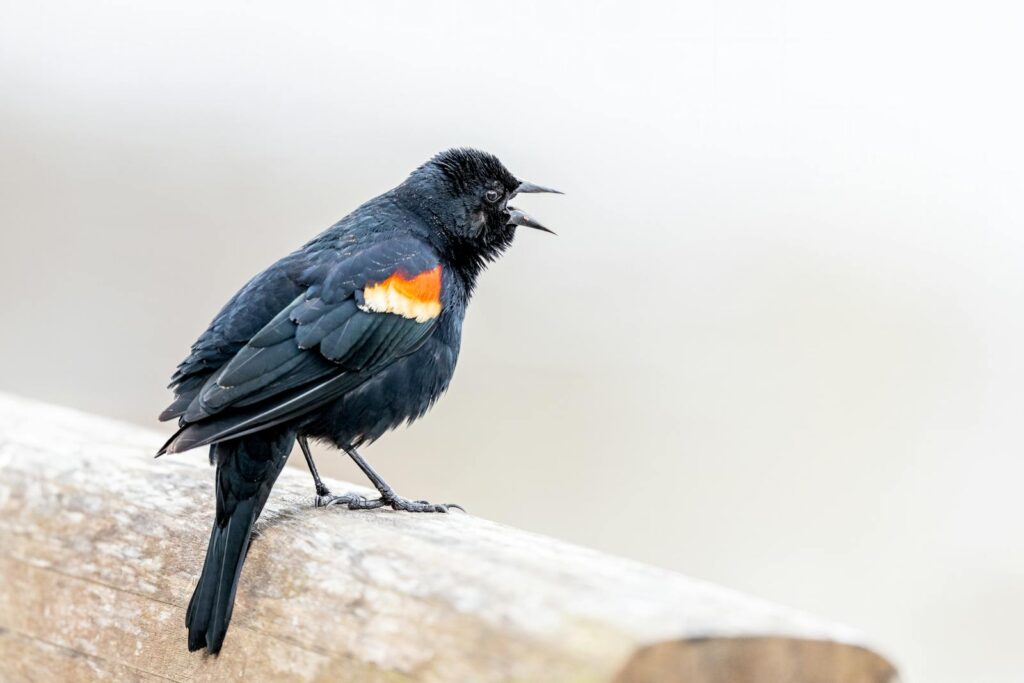
Context provides valuable clues that can significantly narrow down possible identifications when you hear a bird sound. Consider factors like habitat (marsh, forest, grassland), time of year, time of day, and the behavior associated with the sound. For example, a series of rapid drumming sounds in early spring likely comes from a woodpecker establishing territory, while a repetitive “teacher-teacher-teacher” song in a deciduous forest points to an Ovenbird. Pay attention to whether the sound comes from high in the canopy or low in the underbrush, as different species prefer different vertical strata. Learning these contextual patterns helps you make educated guesses even when dealing with unfamiliar vocalizations.
Practice Year-Round Consistency
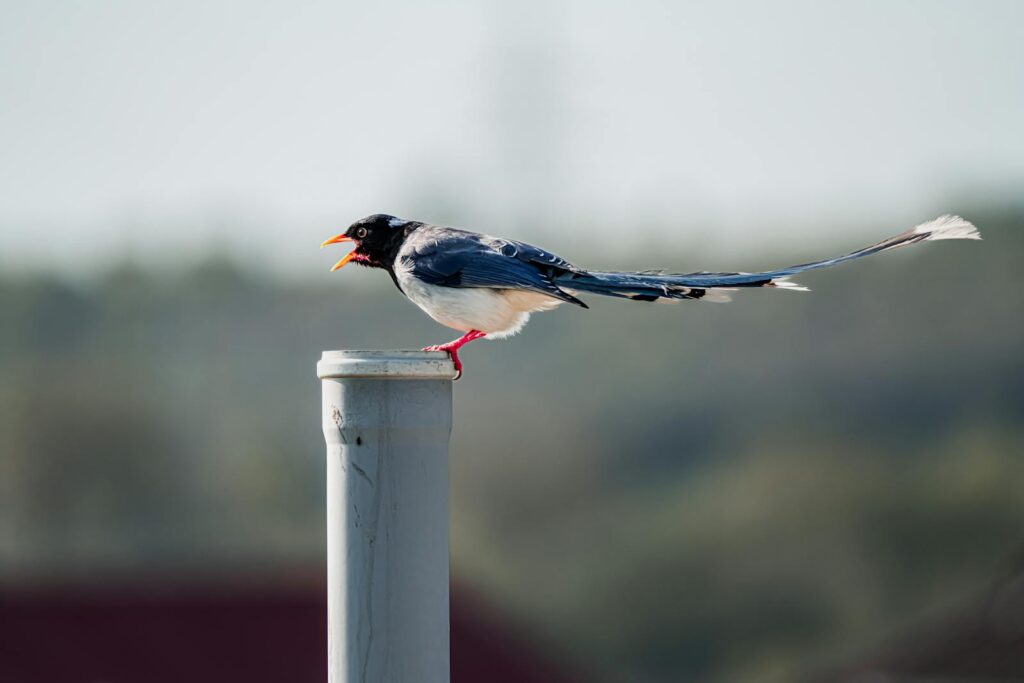
Bird sound identification, like any skill, requires consistent practice to maintain and improve. While spring migration and breeding season offer the richest soundscapes, continuing your listening practice throughout the year exposes you to different vocalizations and prevents skill deterioration. Winter provides an excellent opportunity to focus on resident species without the overwhelming chorus of migratory birds. Each season offers unique learning opportunities: spring showcases breeding songs, summer features juvenile begging calls, fall highlights migration calls, and winter emphasizes the subtler calls of resident birds. This year-round approach ensures you develop a comprehensive understanding of the full range of vocalizations birds use throughout their life cycles.
Embracing the Journey of Continuous Learning
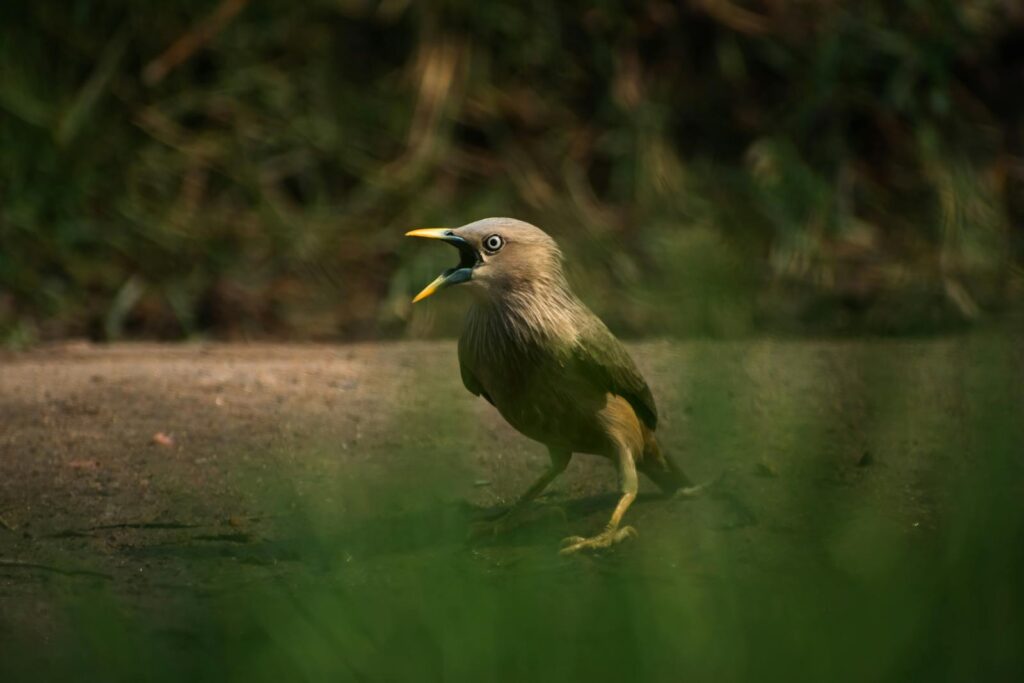
Becoming proficient at identifying birds by sound is a lifelong journey rather than a destination. Even the most experienced birders continue to refine their skills and encounter new challenges. Embrace the learning process by celebrating small victories, such as confidently identifying a bird without visual confirmation for the first time. Accept that mistakes are valuable learning opportunities that strengthen your identification skills. The beauty of this pursuit lies in its endless nature – there will always be new sounds to learn, regional variations to discover, and unusual vocalizations to puzzle over. This continuous learning process keeps bird sound identification perpetually fresh and engaging, providing endless satisfaction as your skills gradually expand and deepen over time.
Training your ear to identify birds by their sounds transforms your experience of the natural world, revealing a hidden dimension of bird diversity that surrounds us daily. Through consistent practice, systematic learning, and leveraging both traditional knowledge and modern technology, anyone can develop this rewarding skill. As you progress on this journey, you’ll find that what once seemed like an indistinguishable chorus becomes a rich conversation between distinct avian voices, each telling its own story. Whether you’re walking through your neighborhood park or hiking in a remote wilderness, the ability to recognize birds by sound adds immeasurable depth to your connection with nature and opens opportunities for bird appreciation even when visual observation isn’t possible.
